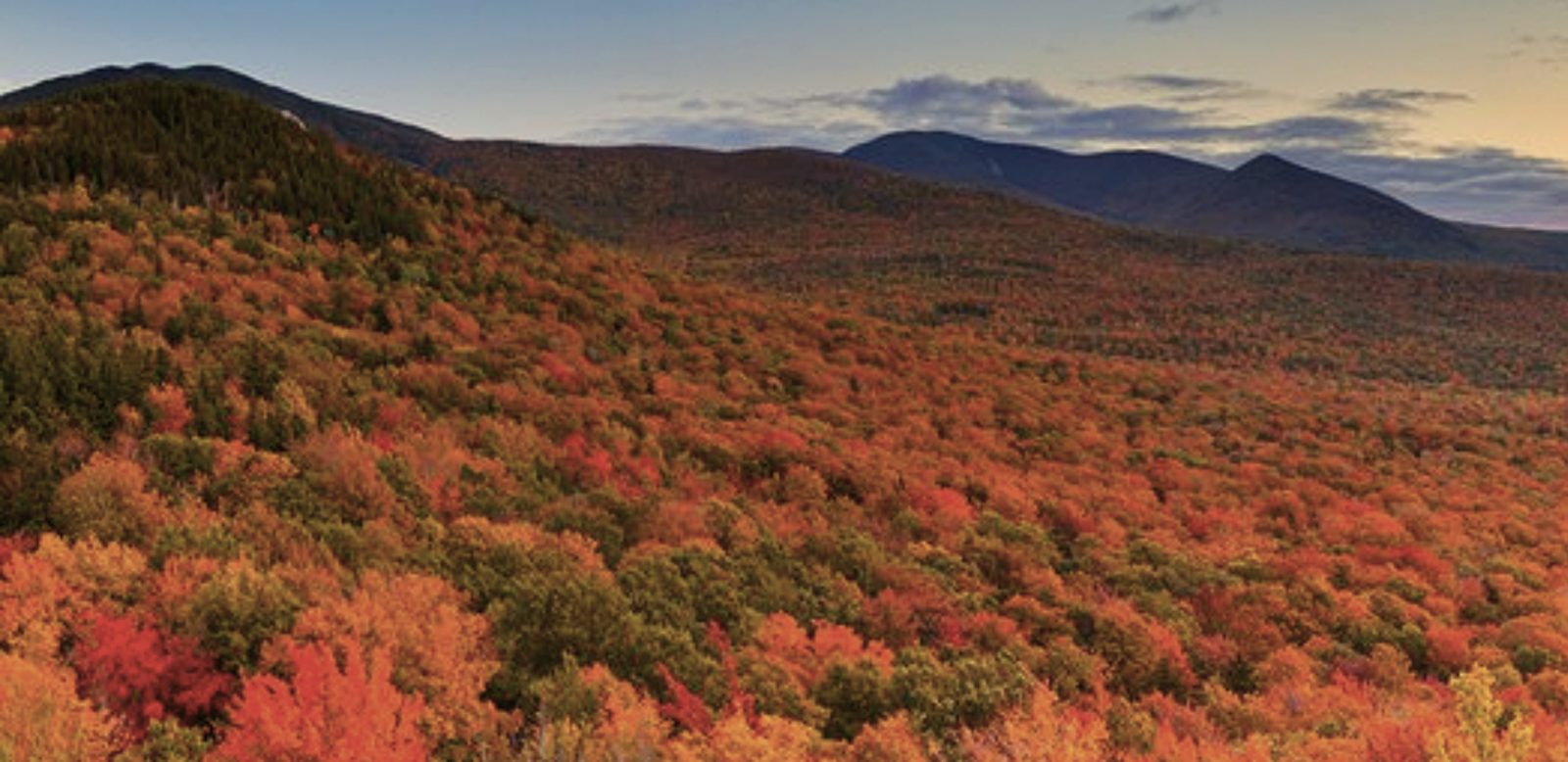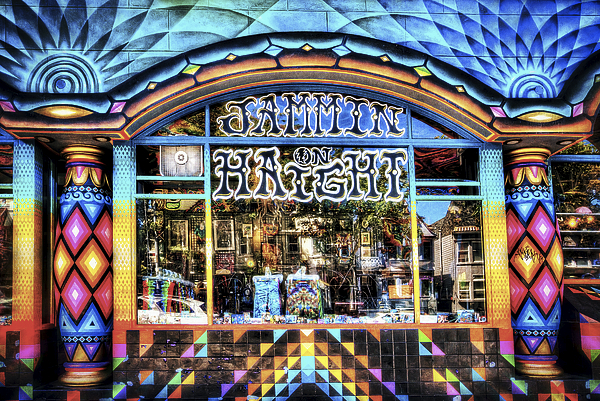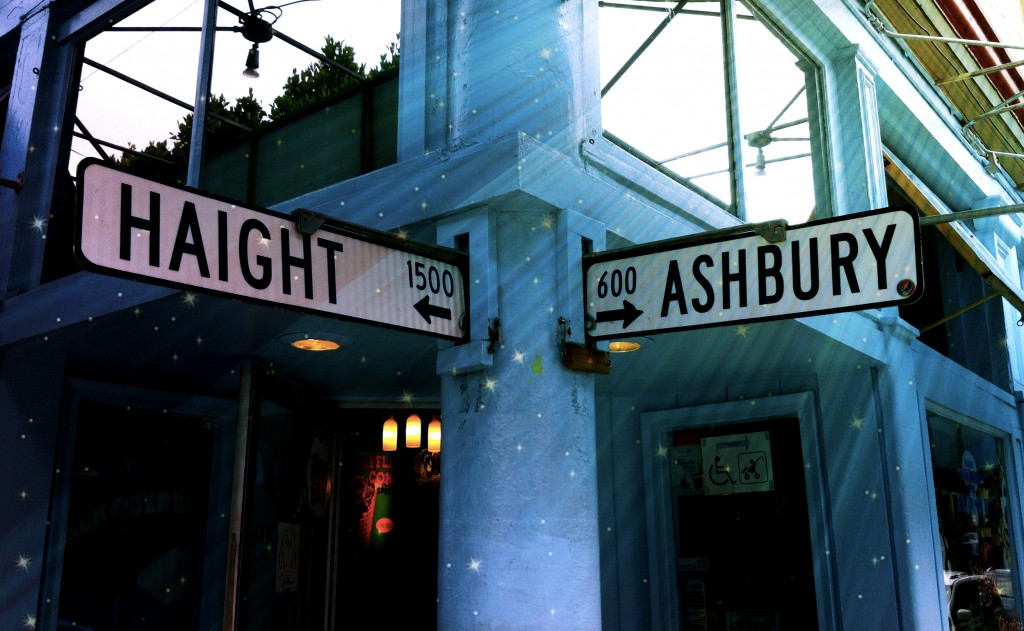
“Never doubt that a small group of thoughtful, committed individuals can change the world”
With its ornate Victorian terraces, Haight-Ashbury was one of few areas in the city that had emerged unscathed from the devastating fires that followed the 1906 earthquake. But after WWII, the middle classes moved to the suburbs and the neighborhood deteriorated.
Then, in the 1950s, a proposed freeway through the area caused property values to fall off a cliff. Although vocal and organized local opposition eventually canceled the freeway, the low rents drew beatniks, and their successors, hippies.
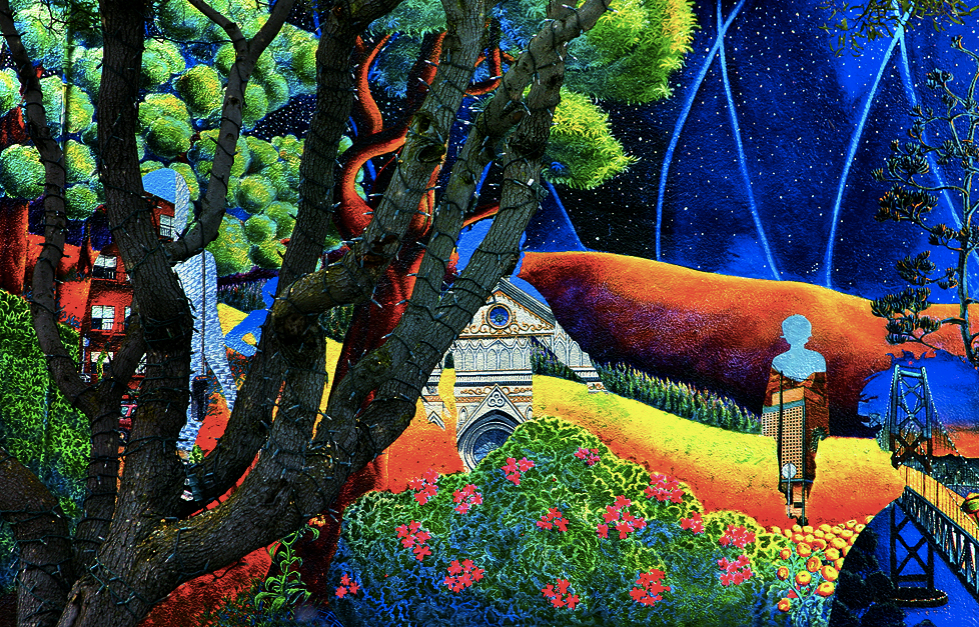
But in 1967, there was no cooler place to be than Haight-Ashbury. During its heyday, which culminated in the infamous Summer of Love, dreamers converged in the Haight by the thousands. San Francisco was the epicenter of this hippie revolution, a melting pot of music, psychedelic experimentation, creative expression, and politics. Disaffected young people travelled from across the country and beyond, attracted by the promise of the chance to cast off conservative social values and to create a phenomenon of cultural and political rebellion The era’s greatest luminaries, from Jerry Garcia to Allen Ginsberg to Jimi Hendrix, all lived in the Haight.
Yet by the time the fabled Summer of Love hit San Francisco, the party was all ready over in the Haight-Ashbury. The movement diminished, and the area began to decline along with it for music, poetry and art.”. The Haight-Ashbury scene deteriorated through overcrowding, homelessness and crime and thousands suffered from sever drug addiction and mental health problems.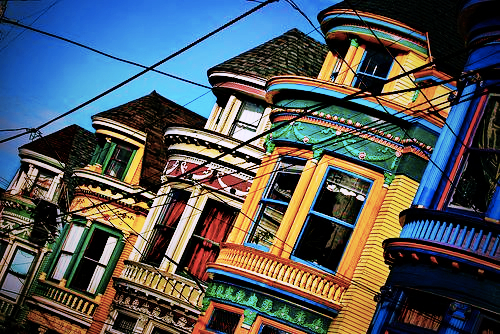
Many of the originators of the scene fled elsewhere and in October a mock funeral, the ‘Death of the Hippy’ ceremony, was held by some of those that remained. Realizing that peace and love couldn’t sustain them forever, most of the hippies eventually went back to university or found jobs. Some found ways to continue their alternative lifestyles at home or abroad. For most, though, the utopian dream had come to an end.
Yet, the mythology of that summer in 1967 has lived on. A stroll down Haight Street today still evokes the 1960s nostalgia. Live guitar music warbles from street corners, tie-dyed t-shirts are hawked by the handful, and colorful peace signs adorn business windows. From the Summer of Love to today’s thriving hub for counterculture, offbeat shops, and hippy vibe, Haight-Ashbury is a fanciful place to visit over and over again. It is rich with memory and culture both old and new, dancing to the beat of its own drum.
Comments
Powered by Facebook Comments
